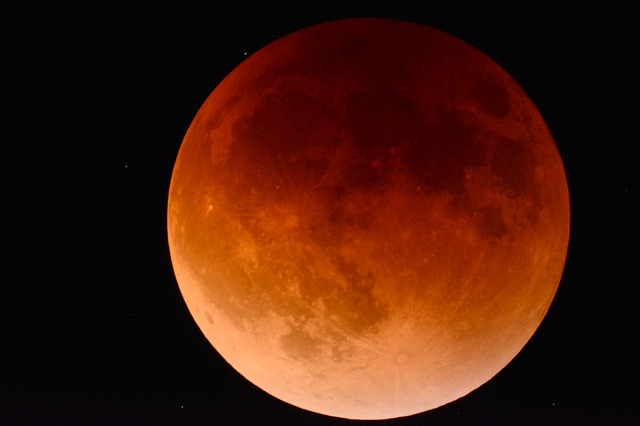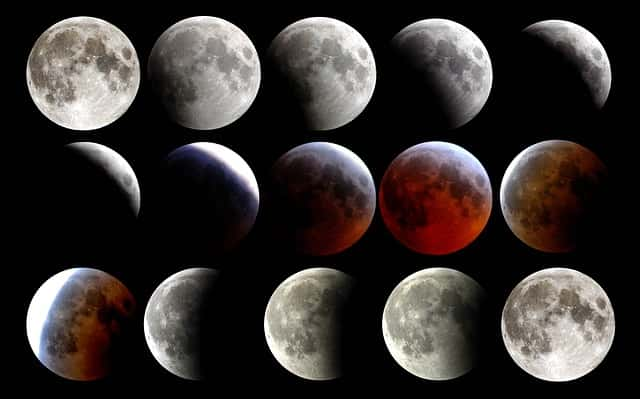
The next full moon will not be your ordinary full moon. Not only will it be a super moon, it will be eclipsed by the Earth’s shadow. All of North and South America will be able to see this eclipse. The moon will turn red over the United States on Sunday night during the last total lunar eclipse of the decade. Sunday night’s total lunar eclipse will appear similar to those in the past, but has been given the unofficial nickname of the ‘super blood wolf moon.’ This eclipse also falls during the first supermoon of 2019 when the moon appears slightly larger than normal and generates high tides globally. Preceding the terms ‘supermoon’ and ‘blood moon,’ a Full Wolf Moon is simply the name bestowed upon January’s full moon. In Native American and early Colonial times, the full moon for January was called the Full Wolf Moon. It appeared when wolves howled in hunger outside the villages.

The moon will pass deeply through the Earth’s northern umbral shadow, extending totality to 1 hour and 02 minutes in duration, and darkening the moon’s southern half much more than its northern half. At greatest eclipse, which occurs at 11:13 p.m. CST, the moon will be 7 degrees west of Messier 44 (The Beehive Cluster). This is when the moon will appear a dark red color, hence the name “blood moon”. The partial phase of the eclipse will end at 12:51 a.m. CST. The entire eclipse will be visible from North and South America, the eastern Pacific Ocean, and westernmost Europe. This is your only chance to see a total lunar eclipse through 2020, not only in the Western Hemisphere, but across the entire globe. The next total lunar eclipse will be in 2021, centered over the Pacific Ocean. This full moon will occur while the moon is on the ecliptic, producing a total lunar eclipse which will begin when the moon contacts the Earth’s shadow at 9:34 p.m. CST on Sunday evening.

A major winter storm will impact a large portion of the country this weekend, but it should be moving away from most areas Sunday night. However, Arctic high pressure will build in, bringing some of the coldest air felt so far this winter. So you will need to really bundle up to see this.





